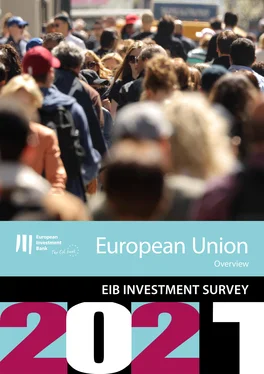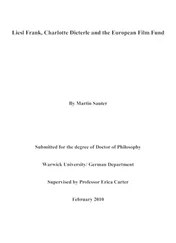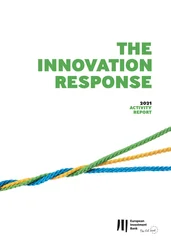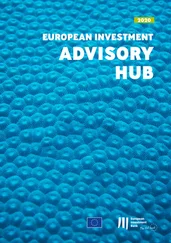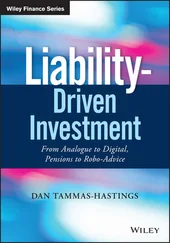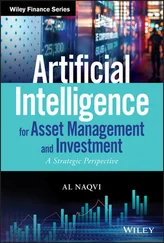EIB INVESTMENT SURVEY 2021
European Union
Overview

About the European Investment Bank
The European Investment Bank is the EU bank and the world’s biggest multilateral lender. We finance sustainable investment in small and medium-sized enterprises, innovation, infrastructure, and climate and environment. For six decades, we have financed Europe’s economic growth from start-ups like Skype to massive projects like the Øresund Bridge linking Sweden and Denmark. We are committed to supporting €1 trillion in investment in climate and environmental sustainability to combat climate change by the end of this decade. About 10% of all our investment is outside the European Union, supporting Europe’s neighbours and global development.
EIBIS 2021 – European Union overview
KEY RESULTS
Investment dynamics and focus
EIBIS 2021 shows an improving investment outlook. While the share of EU firms having invested in 2020 declined, EU firms are more positive with respect to their 2021 investment plans, with more EU firms expecting to increase rather than decrease investment. The investment cycle is turning, from a low base: EIBIS data shows low investment in 2020 (79% of firms investing) but firms now expect to increase investment in 2021, a sharp turn-around from the previous year.
COVID-19 impact
COVID-19 had a strong impact on EU firms, with 49% of EU firms suffering a drop in sales due to the pandemic, compared to 21% that were able to increase sales. Investment was also impacted, with 26% of EU firms reporting they had reduced their planned investment due to COVID-19.
Despite this, almost half (46%) of EU firms say that they have taken action(s) or made investment to become more digital due to COVID-19. This is, however, less than in the United States, where 58% of firms state the same.
Investment needs and priorities
COVID-19 undeniably has a long-term impact on needs and priorities. Again, digitalisation stands out, with the vast majority of firms indicating that they expect COVID-19 to lead to an increased use of digital technologies in the long term (55%).
Nearly half (49%) of all EU firms report that they were operating at or above full capacity during 2020, less than in EIBIS 2020, where it stood at 61%. In addition, 14% of firms report investing too little, largely in line with EIBIS 2020.
Looking ahead to the next three years, the share of firms that have no investment planned declined slightly in EIBIS 2021 (9% vs. 13% in EIBIS 2020). While investment in replacement remains the main priority, capacity expansion has become more important, overtaking investment in new products or services (32% and 26%, respectively).
Innovation activities
More than a third (36%) of EU firms developed or introduced new products, processes or services as part of their investment activities, lower than in EIBIS 2020 (42%), but still higher than in EIBIS 2019 (33%).
In total, 61% EU firms have implemented at least one advanced digital technology, largely in line with EIBIS 2020 (63%) and remaining below the share in the United States (66%).
Drivers and constraints
On balance, firms are optimistic about investment conditions in the next year, with sentiment indicators for the economic climate and internal finance availability switching back to positive as the recovery is felt.
Recovery has brought a marked uptick in firms seeing skills availability, energy costs and transport infrastructure as constraints, while the impact of uncertainty has eased.
Investment finance
Access to finance conditions remained very benign. Only 5% of firms across the European Union could be considered financially constrained in 2020, largely in line with EIBIS 2020.
As a result of the crisis, 16% of EU firms increased debt and 5% received new equity from their current owners and 2% of EU firms received new equity from new sources. Around half (51%) of EU firms had received some form of policy support since the start of the pandemic in response to COVID-19. Subsidies or support that did not need to be paid back is the main form of financial support (36%). 17% of firms received guaranteed credit and 16% received deferral of payments.
Climate change and energy efficiency
Climate change and the reality of the climate transition is beginning to be felt by firms. Around 58% of EU firms see themselves as affected by physical climate change risks. EU firms are starting to internalise the risks associated with the transition to net zero, with risks seen on the downside and the perception of opportunities fairly balanced (around 30%). 41% of EU firms still do not expect the transition to a net zero economy to affect them.
On average, 43% of EU firms have already invested to deal with climate change and around 37% invested in energy efficiency in 2020. The share of firms planning climate-related investment has now risen from 41% to 47%. In the United States, on the other hand, only 28% of firms have already invested and only 40% are planning climate-related investment, which may be a signal that the EU leadership on climate is paying off. In addition, 46% of EU firms monitor targets for carbon emissions and energy consumption, a factor associated with investment, and reflecting the regulatory push for accountability.
Firm management, gender balance and employment
Overall, EU firms did not experience a change in employment during COVID-19. This contrasts with the United States, where employment fell, on average, by 2%.
Regarding management practices, two-thirds of firms in the European Union link individual performance to pay, less than in the United States (79%). Instead, more than half (54%) of EU firms use a strategic monitoring system, a much higher proportion than in the United States (39%). When it comes to striving for gender balance, the proportion of firms in the European Union and the United States is balanced, at 60%.
Investment dynamics
INVESTMENT DYNAMICS BY INSTITUTIONAL SECTOR
Aggregate investment levels plunged dramatically starting from the second quarter of 2020, coinciding with COVID-19 hitting the economy. The corporations sector contributed the most to this decline. However, investment seems to be recovering, together with the loosening of restrictions to limit the spread of COVID-19.
From a cross-country perspective, investment levels declined or remained stable in many countries comparing 2021 Q2 to 2019 Q4. Some exceptions are for example Denmark and Cyprus, where investment increased by 12%. Other countries, such as Slovakia and Poland, noted decreases in investment of up to 11%.
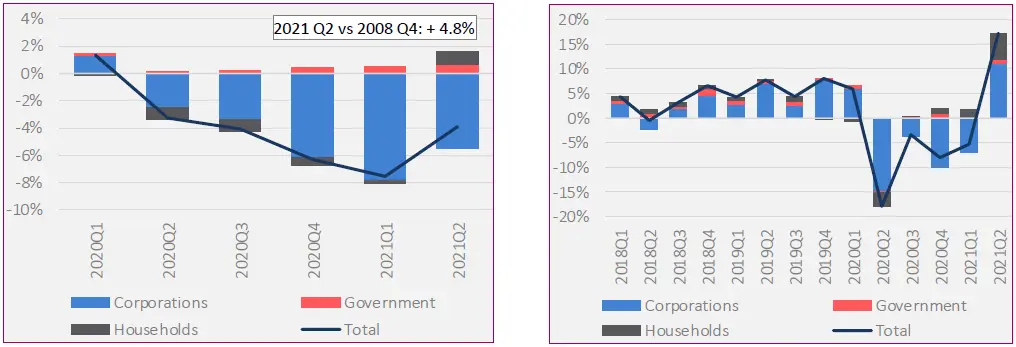
The graph on the left shows the evolution of total gross fixed capital formation (in nominal terms); by institutional sector. The data has been indexed to equal 0 in 2019 Q4. Source: Eurostat.
The graph on the right shows the year-on-year evolution of total gross fixed capital formation (in nominal terms); by institutional sector. Source: Eurostat.
The growth rates relative to 2019 Q4 have been calculated using a moving sum of each quarter and the three previous quarters to correct for the lack of seasonal adjustment in the data.
Читать дальше
